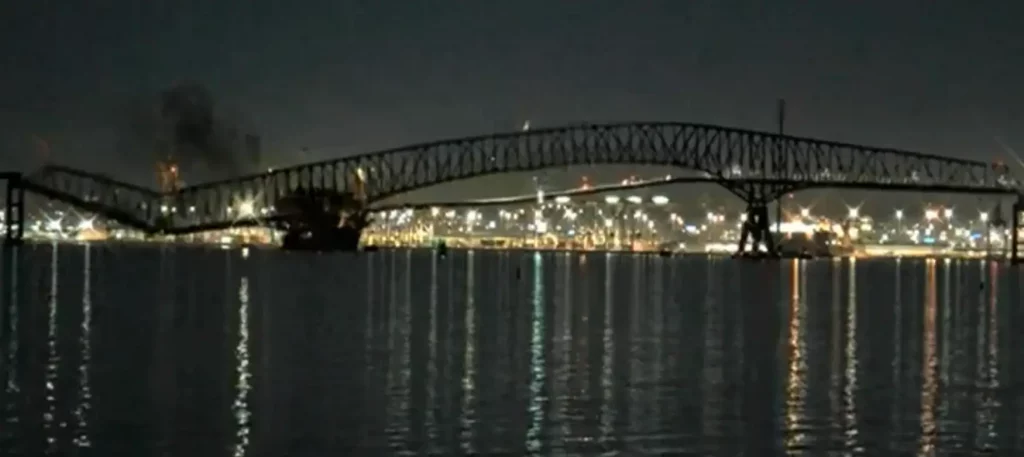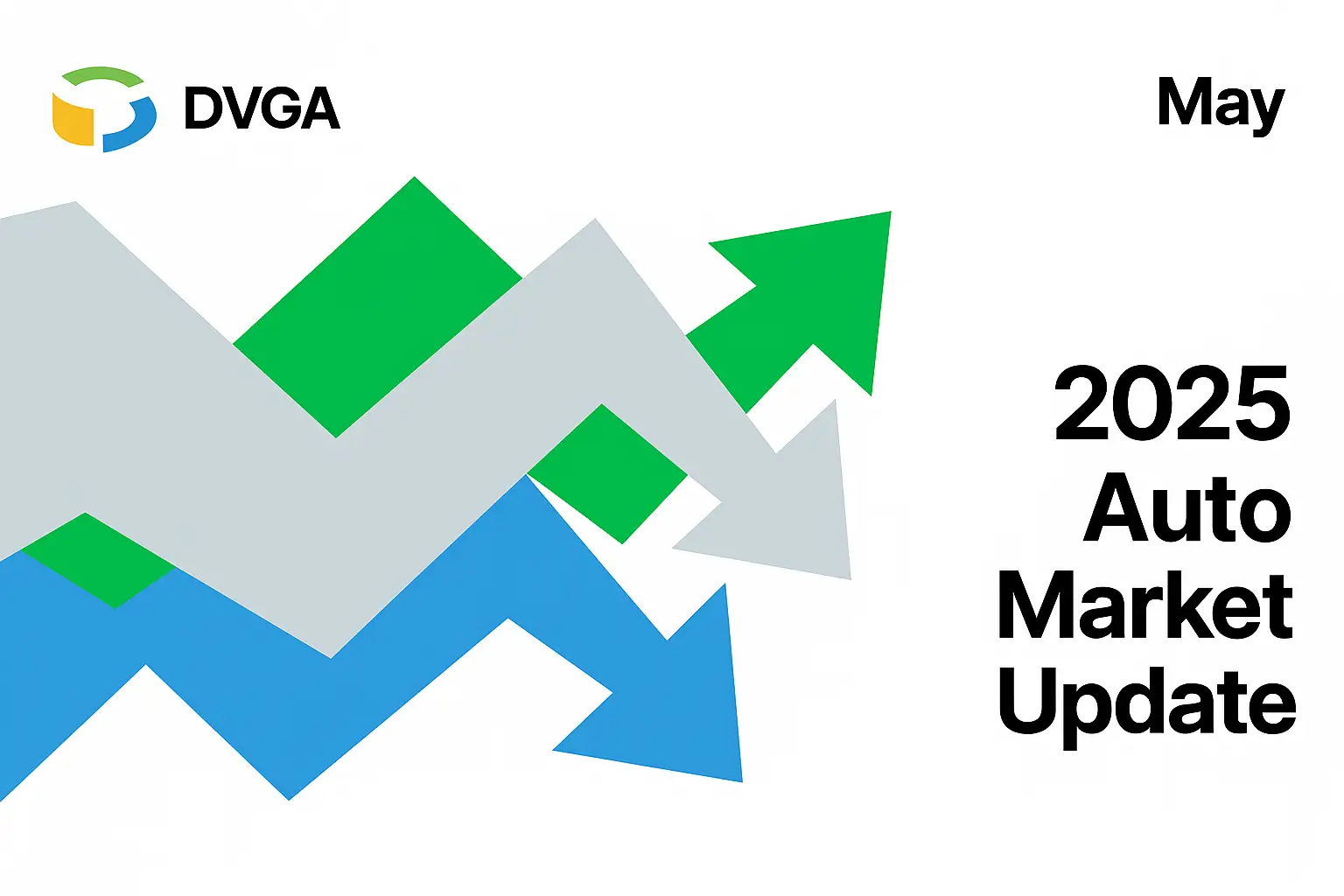In the silent hours before dawn on March 26, an unexpected event occurred that would ripple through the heart of the United States. The MV Dali, a colossal container ship, veered off course, colliding with the Francis Scott Key Bridge, a vital artery for the bustling Port of Baltimore.
This incident wasn’t just a tragedy for the structure itself or the immediate disruptions it caused; it posed a significant question for the auto industry: How would this affect the supply chain, especially for an industry still finding its footing after recent global disruptions?
The Port of Baltimore is more than just a point on the map; it’s the main gateway for vehicles and automotive parts entering and exiting the United States. In January 2024 alone, over 23,000 automotive shipments passed through this port.
The bridge’s collapse has not only halted this flow but has also forced a rapid reassessment of logistics and operations across several major automotive manufacturers. Ford, Nissan, and GM, among others, have had to swiftly reroute their shipments to alternative ports, attempting to minimize the operational impact.
However, the question remains: Will these adjustments be enough to prevent delays and maintain the smooth operation of the auto industry’s intricate supply chain?

How the Baltimore Bridge Accident Affects the Auto Industry (PDF)
The Immediate Response and Long-term Implications
In the immediate aftermath of the collapse, auto industry giants expressed solidarity with the victims and the Baltimore community, quickly implementing contingency plans. The adaptability of these companies is commendable, showcasing a resilience built upon lessons learned from past supply chain disruptions, including those caused by the COVID-19 pandemic.
Alternative ports along the Eastern seaboard, such as New York, New Jersey, and Virginia, have been identified to take on the redirected shipments. Yet, these ports, while capable, were not expecting the sudden increase in volume. This situation raises concerns about potential bottlenecks and delays in the coming weeks, as these ports adjust to the unexpected surge in automotive shipments.
The Bigger Picture: Supply Chain Vulnerability
The incident at the Baltimore Bridge underscores a significant weak point in the worldwide supply chain: an overdependence on crucial infrastructure nodes. The failure of just one element can disrupt the entire network. This event acts as a clear wake-up call, emphasizing the urgent need for stronger and more adaptable logistics strategies that can endure unexpected disruptions.
Despite the swift response from the auto industry, the incident at Baltimore poses significant questions about future preparedness and the implementation of more resilient supply chain mechanisms. The industry’s ability to adapt to these changes, while impressive, also underscores the ongoing challenges of maintaining a seamless supply chain in the face of unexpected disruptions.
Conclusion: A Path Forward
As the dust settles and efforts to rebuild the bridge commence, the auto industry continues to navigate through this latest challenge. The lessons learned here will undoubtedly shape future logistics and supply chain strategies, emphasizing the need for greater adaptability and resilience.
But the real test will be in the industry’s ability to implement these lessons to not just recover but to thrive in the face of adversity. Will the Baltimore Bridge accident serve as a catalyst for innovation and change in the auto industry’s supply chain management? Only time will tell. What do you think?

